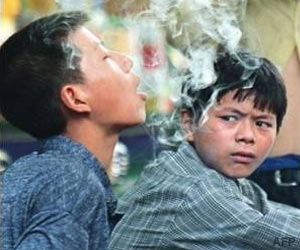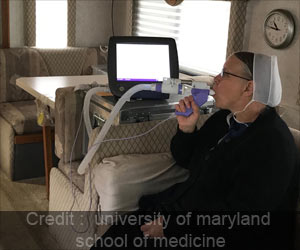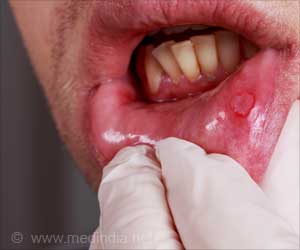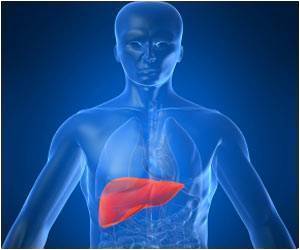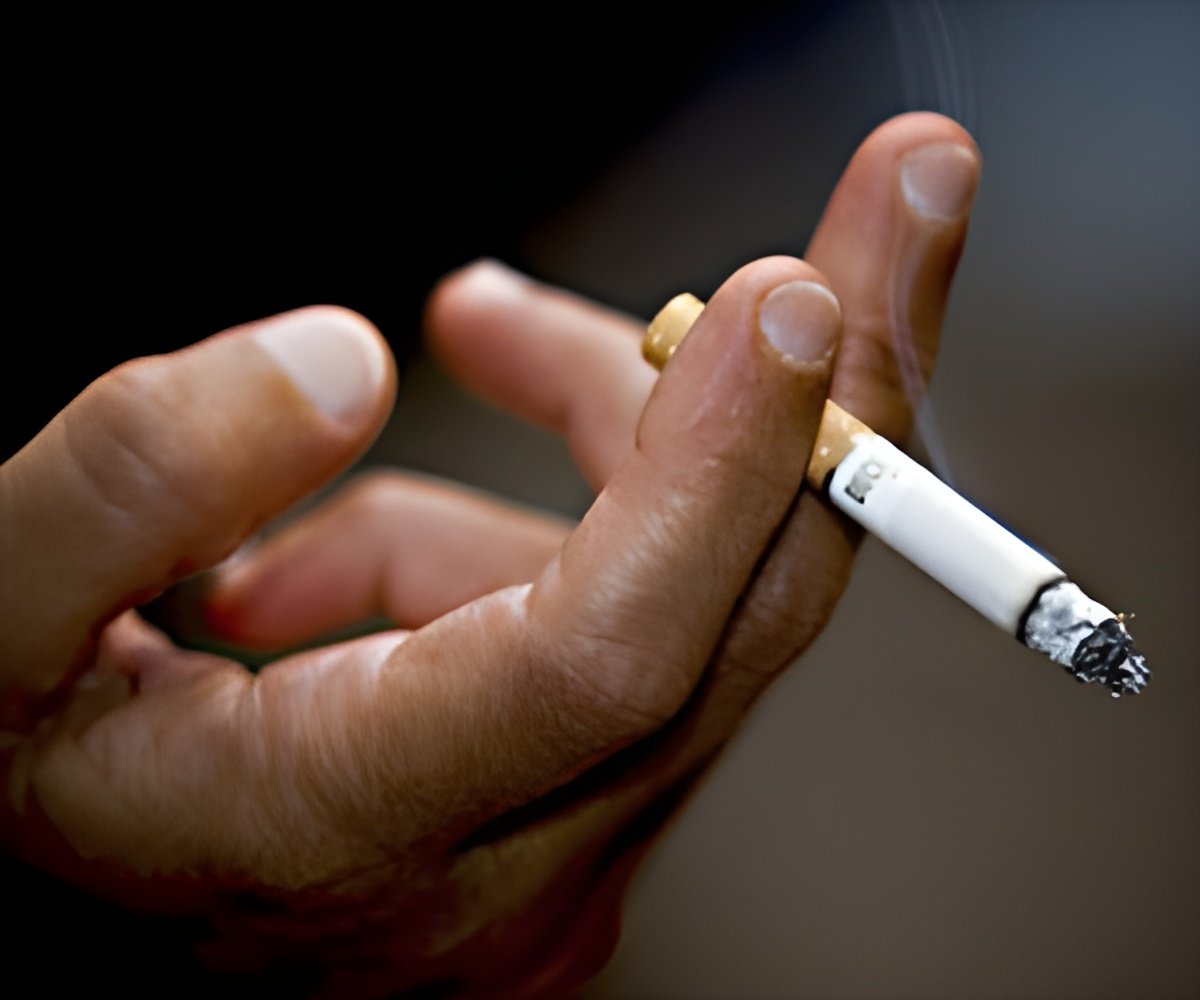
‘Inhaling secondhand smoke causes lung cancer in nonsmoking adults. Approximately 3,000 lung cancer deaths occur each year among adult nonsmokers in the United States as a result of exposure to secondhand smoke.’
Tweet it Now
The study was published in Journal Cancer Epidemiology, Biomarkers & Prevention, a journal of the American Association for Cancer Research. Oladimeji Akinboro, MD, MPH, chief medical resident in the Department of Medicine at Montefiore New Rochelle Hospital in New Rochelle, New York is the author of the study.
Akinboro explained that second hand smoke exposure in cancer patients has been shown to lead to worse clinical outcomes, such as higher death rates, and to a decreased likelihood that smokers who have, or have had cancer, will quit smoking. It also leads to higher rates of strokes and heart attacks in cancer survivors, similar to those who have not had cancer, he said.
In this study, he and his colleagues set out to estimate the percentage of nonsmoking adult cancer survivors in the United States who had evidence of secondhand smoke exposure.
How the Study Was Conducted and Results: The researchers used interview and serum cotinine data for 686 nonsmoking adults with a history of cancer from seven consecutive cycles of the National Health and Nutrition Examination Survey. They used data from 82 participants in the 1999/2000 survey, 106 in the 2001/2002 survey, 118 in the 2003/2004 survey, 79 in the 2005/2006 survey, 145 in the 2007/2008 survey, 87 in the 2009/2010 survey, and 69 in the 2011/2012 survey.
Advertisement
Among all the adults studied, 28.26 percent had been exposed to secondhand smoke. Certain segments of the population had higher rates of exposure compared with others. For example:
Advertisement
35.54 percent of those with a history of a smoking-related cancer had been exposed to secondhand smoke compared with 26.33 percent of those with a type of cancer not linked to smoking.
53.25 percent of those with an income below the federal poverty level had been exposed to secondhand smoke compared with 22.8 percent of those with an income three or more times greater than the federal poverty level.
The proportion of those exposed to secondhand smoke decreased by an average of 6.31 percent between consecutive cycles.
Among all the adults studied, 4.53 percent reported living in a household where someone smoked.
"We were surprised to discover that rates of secondhand tobacco exposure among nonsmoking adult cancer survivors were similar to those reported for the general population of U.S. adults," said Akinboro. "This is concerning because those who have had or have cancer represent a group of people whose health outcomes are adversely influenced by any form of tobacco exposure, whether direct smoking or secondhand exposure.
"The difference in the rates of secondhand smoke exposure, as measured by blood levels of cotinine, and self-reported rates of indoor household secondhand smoke exposure were striking," continued Akinboro. "It is very plausible that this difference may be related to inhalation of tobacco smoke from other households in multiunit apartments, clubs, bars, and public spaces, which would have numerous policy implications, including encouraging widespread adoption of nonsmoking policies in multiunit housings by housing managements and public housing authorities.
"Cancer patients and survivors must be encouraged to be their own advocates regarding secondhand smoke exposure, in adopting voluntary smoke-free home and vehicle rules, and avoiding settings outside the home where they are more likely than not to be involuntarily exposed to tobacco smoke," concluded Akinboro. "Smoking households and social contacts of cancer patients and survivors also need to be engaged, and as a society, we can reduce secondhand smoke exposure by intensifying local, state, and federal measures and policies that prohibit smoking in the workplace, in public places, and multiunit housing."
Limitations: According to Akinboro, the main limitation of the study was that the researchers analyzed data that had been collected at a single point in time from a random selection of U.S. adults, some of whom were cancer survivors. Since the individuals were not followed over time, no factor--such as race/ethnicity or income level or cancer type--can be attributed as being a cause of secondhand smoke exposure; they can only be associated, said Akinboro.
Source-Eurekalert

